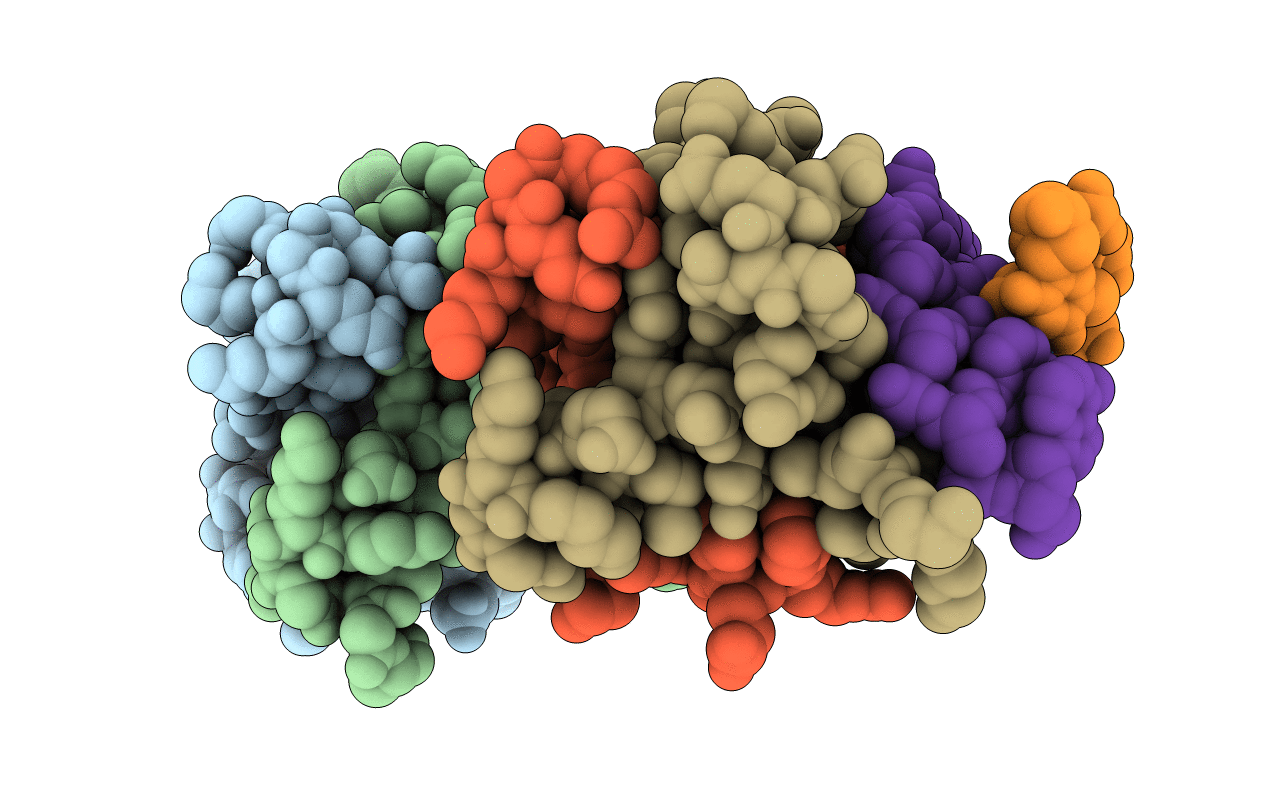
Deposition Date
1998-05-11
Release Date
1999-02-16
Last Version Date
2023-08-02
Entry Detail
Biological Source:
Source Organism:
Enterobacteria phage P22 (Taxon ID: 10754)
Host Organism:
Method Details:
Experimental Method:
Resolution:
2.50 Å
R-Value Free:
0.28
R-Value Work:
0.23
R-Value Observed:
0.23
Space Group:
P 1 21 1


